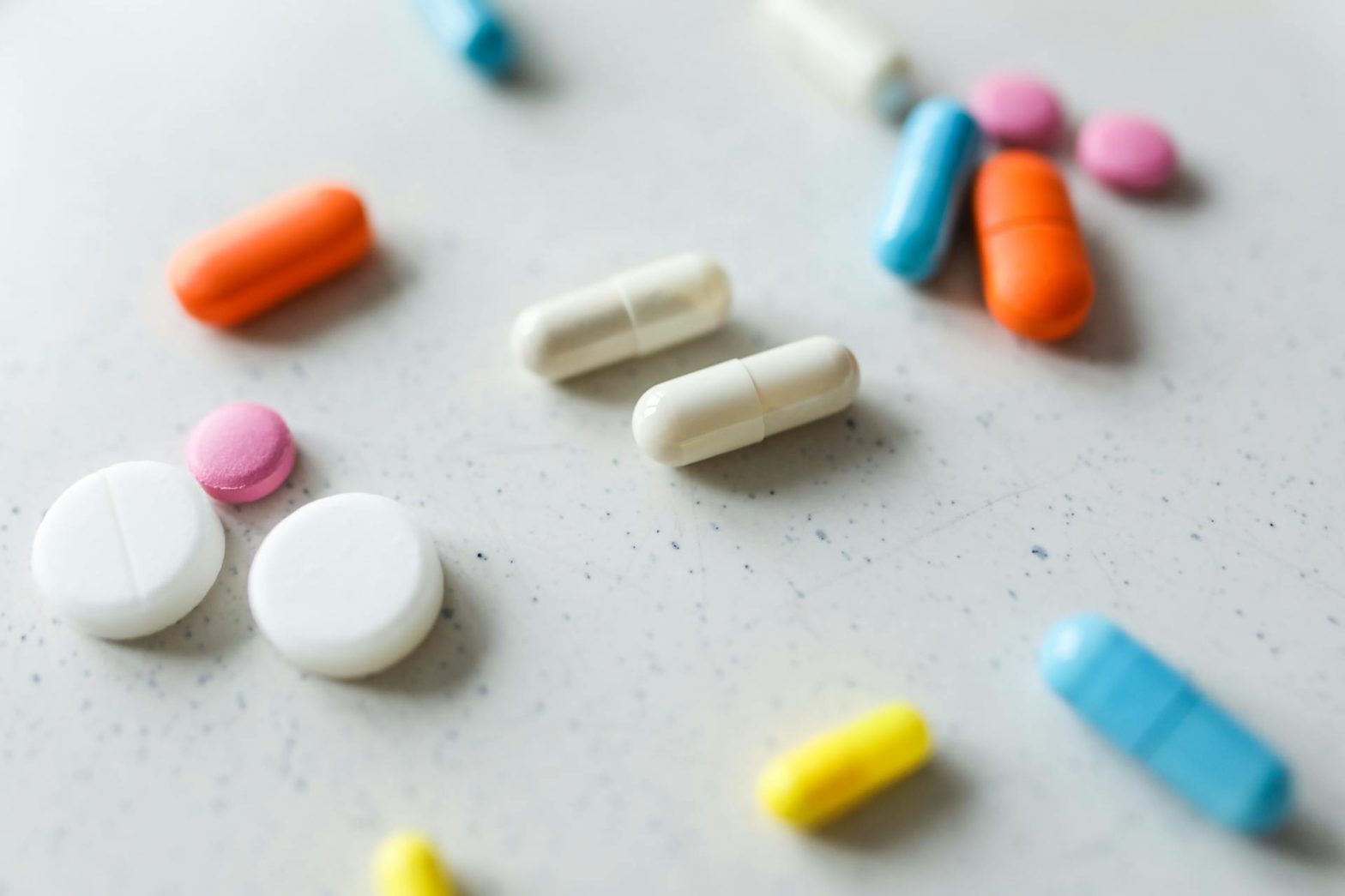What’s new with Prostate Health
Prostate Health – The prostate is in the news again. More cases of prostate cancer are diagnosed in men than breast cancer in women. The number of cases is expected to increase in the future. There are appeals for more funding to study this problem and to make people more aware of its existence.
Between 1990 and 1994 almost 170,000 men died from prostate cancer. Almost 400,000 new cases of prostate cancer are diagnosed every year, more than ever before. Yet there is still disagreement among physicians as to what is the best course of prevention and treatment of this disease.
Some experts, such as the American Cancer Society, the American College of Radiology and the American Urological Association, recommend routine screening for men over 50 with a Prostate Specific Angigen (PSA) blood test and a digital rectal examination. Others, such as the American College of Physicians, insist that there is no value in routine screening.
While doctors are arguing, one thing remains clear – prostate cancer simply does not happen in a healthy prostate. It is no coincidence that there is an increase in the rate of prostate cancer at the same time as another very common condition is on the rise – Benign Prostatic Hypertrophy (BPH) or enlargement of the prostate.
Changes in the prostate
A medical textbook calls BPH a “universal phenomenon among aging men.” Aging does not mean old, just over the age of 40. Up until that age the prostate remains completely normal, but then it begins to increase in size. Normally, the prostate is the about the size of a walnut. It looks like a small doughnut and is located just under the urinary bladder. The urethra, which is a flexible pipe that connects the bladder to the outside of the body, passes right through the middle of the prostate.
As the prostate increases in size, it begins to compress the urethra, causing various urinary problems. This does not happen immediately, there is usually a five to ten year period when a man has no symptoms at all, until the prostate reaches a certain critical size. At that point the symptoms become obvious.
Most of the symptoms are related to urination. There is an increase in the frequency of urination. A man may notice that he even has to get up at night to go to urinate. Some men have to more than once during the night. There is a decrease in the urine stream and a feeling that the bladder is not completely empty at the end of urination.
At times, a man may have to wait before urination begins, or even have to strain to begin urinating. Sometimes there is a feeling of urgency and the inability to “hold it” without embarrassing consequences. Most men also experience a decline in their sexual desire and performance.
Causes for changes
Why does the prostate start growing as men age? There are a number of factors. First, most men have various nutritional deficiencies that make the prostate unhealthy.
Second, as a man grows older there are certain physiological changes, such as increases in dihydrotestosterone (DHT), an altered form of testosterone (a male sex hormone) and estradiol (a female sex hormone). These changes, along with others, can cause the cells of the prostate to divide and multiply, causing the gland to become larger.
We may not know all of the reasons for prostate enlargement, but we do know that by the age of 50 almost 50% of men have this problem. By the age of 80, almost all men have this problem. In the United States alone, there are almost 30 million people suffering from the enlargement of the prostate gland.
Fortunately, in most men the multiplication of the cells of the prostate does not lead to cancer, that is why it is called benign enlargement of the prostate. Yet, as more and more men develop BPH, there is a defining trend towards increasing incidence of prostate cancer.
European doctors also think that there is a relationship between these conditions and that is why they aggressively treat men who only have the benign enlargement. Lucky for them, they actually have a way to treat the condition, not just control the symptoms.
For over 20 years, doctors in Europe have been using certain natural substances that have been shown in medical studies to not only improve the symptoms of the prostate enlargement, but to actually reverse the process and shrink the prostate gland.
Nutritional alternatives
These natural substances include Saw Palmetto, Pygeum Africanum and Stinging Nettles. Doctors in Europe do not give their patients drugs like Hytrin, Cardura or Proscar. Instead, they prescribe Pygeum Africanum and Saw Palmetto. The results are much more impressive with the natural substances than with the drugs, without the side effects.
For example, many studies have shown that Saw Palmetto decreases the size of the prostate in over 60% of patients. Pygeum Africanum was even more successful – over 70% of the participants in the study experienced a reduction in prostate size.
Historically, other substances have been used to improve the health and function of the prostate gland. Nutrients like zinc, a mineral that is absolutely essential for a healthy prostate, amino acids alanine, glycine, and glutamic acid, ginseng, pumpkin seed extract, essential oils and certain B vitamins.












